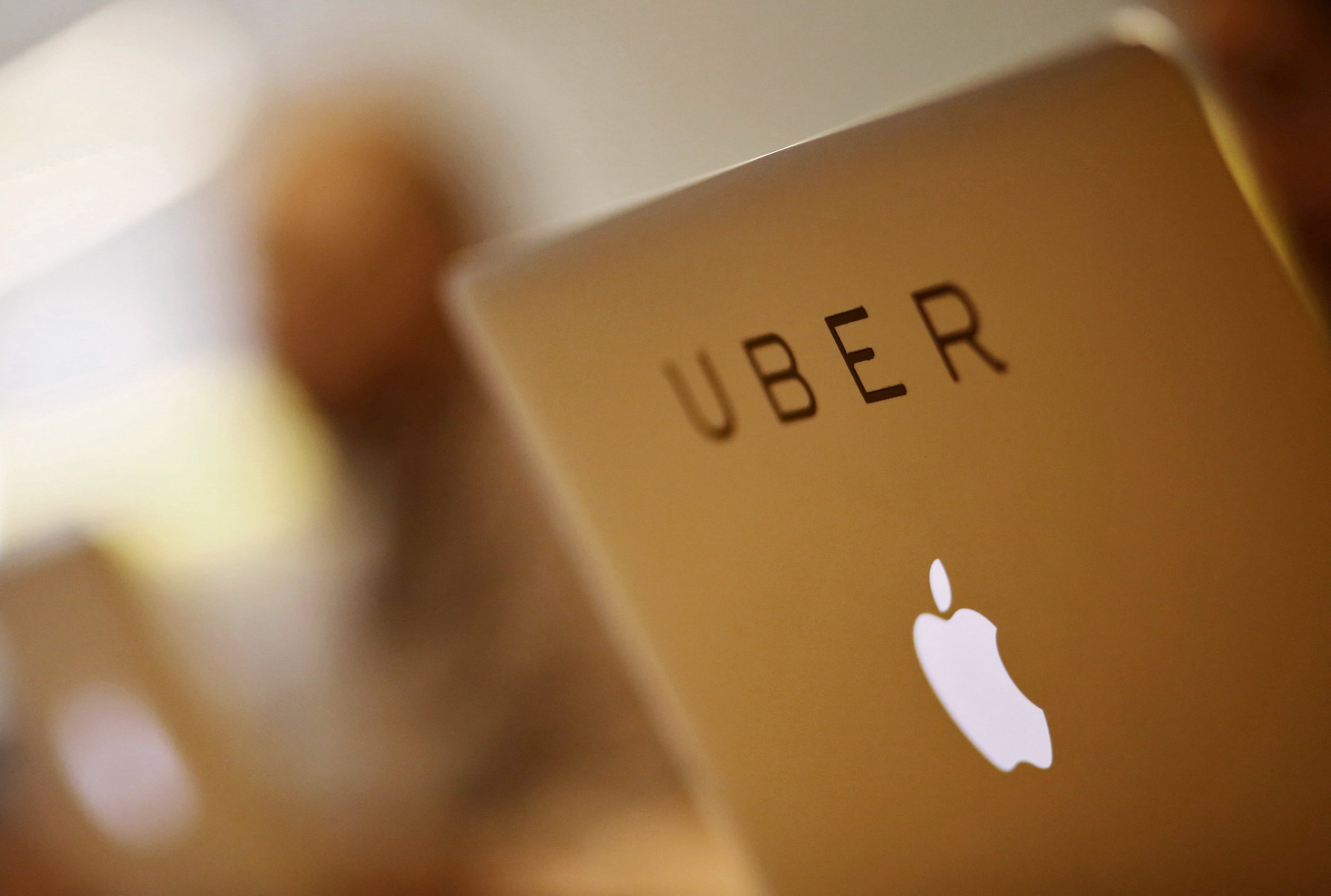How India has become critical in shaping Uber’s global vision
India has emerged as the innovation backbone for Uber’s global operations in a little over two years after it set up its engineering team here.


India has emerged as the innovation backbone for Uber’s global operations in a little over two years after it set up its engineering team here.
Last December, the company said it was considering making India the global hub for its research & development (R&D) activities for all mobility- and-transport-related challenges it faces globally.
Shirish Andhare, head of product and growth for Uber India, believes transport problems across the globe can be solved using insights from the country.
No wonder the US-based company has two technology innovation teams in India—one in Bengaluru and the other in Hyderabad—unlike anywhere else in Asia. In 2019, Uber is looking to double the headcount at these centres.
It is also working on several other innovations at its tech hubs in India. Andhare shared some details in an interview with Quartz. Edited excerpts:
Tell us about Uber’s R&D team in India?
The R&D team in India is a little more than two years old now, and we have grown by leaps and bounds. Last year, we went from being a team of around 70 to over 160. Our tech spread across Bengaluru and Hyderabad includes product managers, product designers, user experience researchers, data scientists, and product operators who act as the glue between global operations and India.
What kind of innovations is Uber’s India team working on?
One thing unique to India is the language diversity, so we will be experimenting with vernacular here. Phones that were shipped to India were always English-first. Now, a lot of companies are going vernacular, so we also are looking that way. We are looking at the top seven languages in India. We will start experimenting with Hindi, learn from it and then go forward. (Uber already supports Arabic, Spanish, and Portuguese.)
We are also working on a mobile web-product called a progressive web app, m.uber. If you have a smartphone but you don’t want to install the app, you can just open the app in a web browser and you get the same experience.
We are also working on an offline app, and perhaps using speech recognition or voice search, to make the experience of booking a ride smoother. We have a lighter version of our app already in Uber Lite. We are now exploring how we can make the core app lighter without losing most of the functionalities.
There is a lot of work going on to map the country more effectively and to improve the pick-up and drop-off points. There is also work going on validating calling as a means to book a cab.
How does Uber use data to take decisions on developing and launching a product?
We are a tech company and one of the principles we go by is that if you can’t measure it, you can’t improve it. That’s why data scientists and analysts are key partners in our decision-making process. It is hard to debate or ignore the numbers. So, we rely heavily on the insight that we get from available data about the usage of our application.
Uber also invests heavily in developing the data pipeline. We have a strong team of analysts and data scientists who are part of every product team. Then there are user-experience researchers who collect data on user behaviour by talking directly with them. We have petabytes of data flowing through the system. Today data is the oil, if I may say so. And we are in a position to leverage it, given the huge amounts of data we already have.
What are your plans for the R&D operations here going forward?
There is a lot of bullishness in investing in technology-related talent in India, given the throughput we have seen. The mandate from the headquarters has been to continue growing the team. We expect to potentially double the headcount over 2019, which is a significant leap.